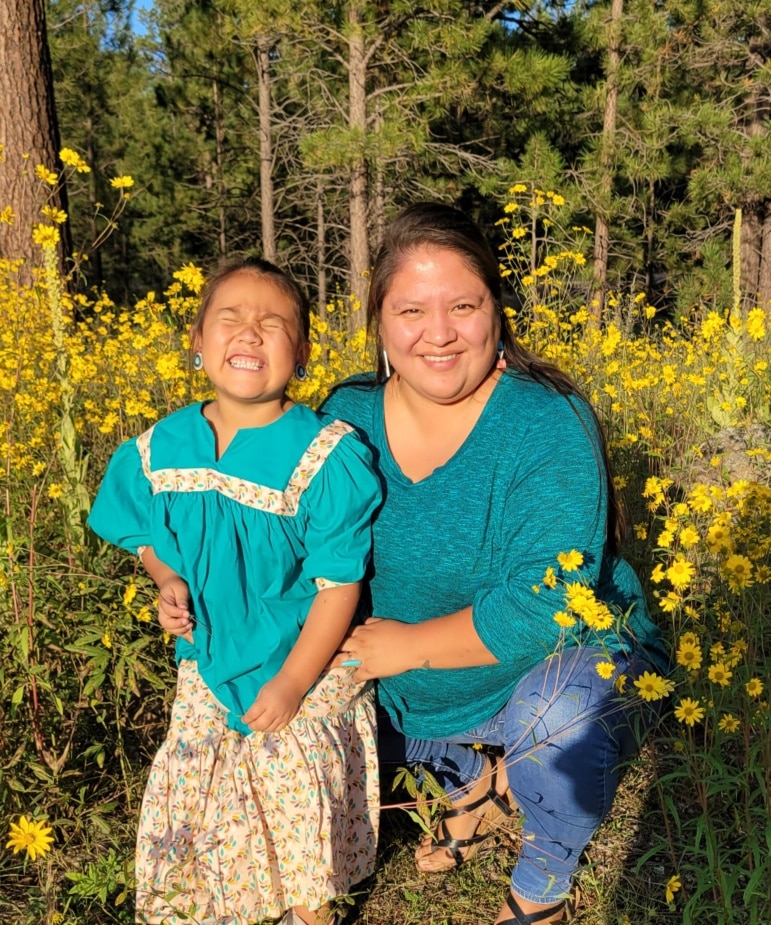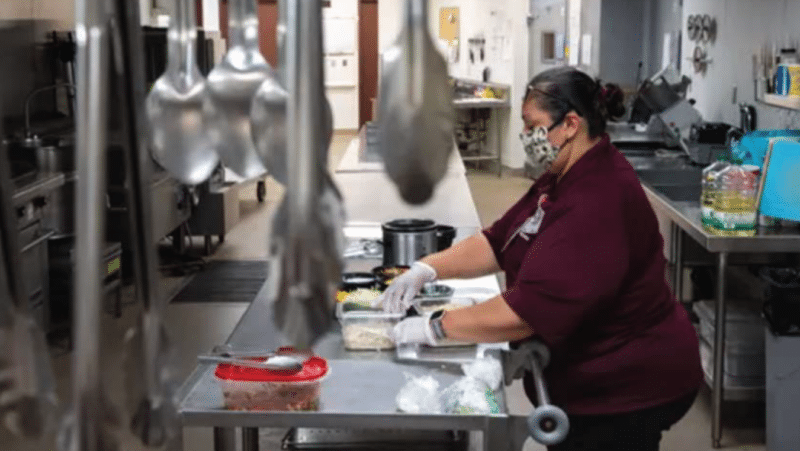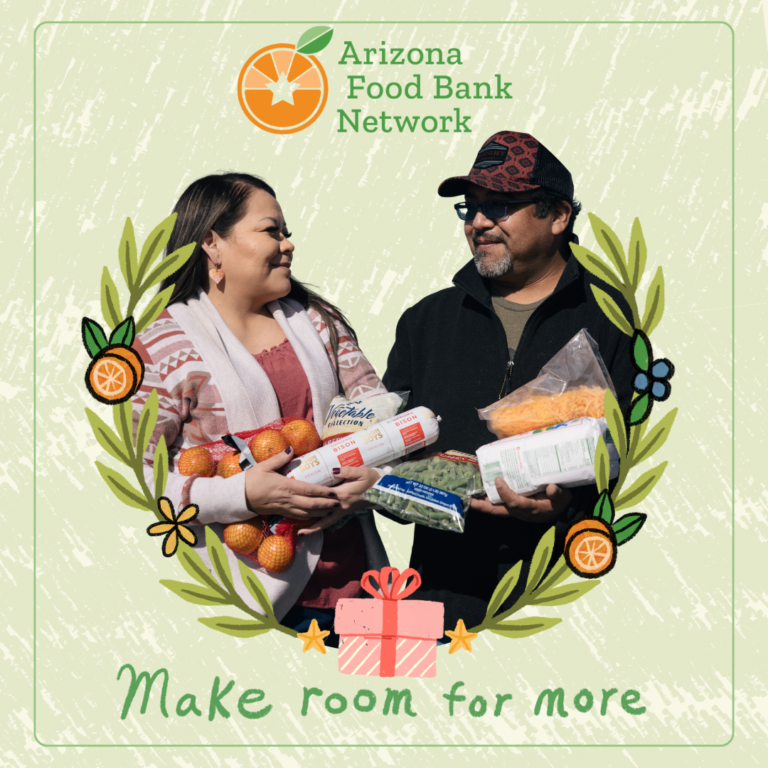For our final post in a series that recognizes National Native American Heritage Month, read about Feather, from the White Mountain Apache people. She explains how important a food like nadą́’ (corn) is to her history, her family, and her community. Thank you to Feather and all of our authors in this special series. AzFBN is honored to share your stories.
Feather Sprengeler is a member of the White Mountain Apache Children Food Security Committee. She is also the Regional Director for the White Mountain Apache Region with First Things First, which was created by Arizona voters and partners with families and communities to help Arizona’s young children be ready for success in kindergarten and beyond.
Corn is vital to the Dzil Ligai Si’an Ndee – White Mountain Apache people. It can be utilized to make dishes such as Apache corn bread, corn mush, steamed barbecue corn, which can also be dried and saved for the winter months, and so much more.
Feather says:
As I pass the flourishing cornfields on my commute to work, it takes me back to a childhood memory of planting nadą́’ – corn with my family. I remember going to my eldest aunt’s house to prepare for the corn planting season. The family were gathered and there were lots of dried corn to take off the cobs. I remember shimaa – my mom, showing me how to grind and push the corn together to get the nadą́’ biwoo’ – corn kernels, off of the cob. We filled big buckets of corn in preparation to plant.
To reminisce about a time that seems so simple. A moment with shimaa, shík’a’á – maternal aunties, and shiwóyé – maternal grandma in her tł’akał – Apache campdress which I can wrap myself in like a burrito. We are at the family cornfield that is surrounded by green trees, the red rock mountainside with Na’ishchagí Biichį́ – Grasshopper Nose in clear view and the flowing of the north fork of the Whiteriver can be heard nearby

There is excitement in the air as older cousins are gathering buckets to put corn kernels in. The tractor had already plowed the field for us to begin planting. I do not recall how old I am, but I do know I was not old enough to carry a bucket of corn kernels by myself. I followed my mom, dipping my hand in the bucket to grab a handful of corn and then putting it in the plowed soil. Cousins are following their moms doing the same thing.
I also recall my aunties showing me how to make dolls out of the nadą́ bitąą’ – corn husks and nadą́’ bitsigha’á – silk of corn which forms the body and hair to play with, just as they did as children. I now have a preschooler who has been shown how to make such dolls. She also loves to eat Apache cornbread, and soups with steamed barbecue corn any time it is offered.
I hope to someday gather again with shik’íí’ – my family, to plant corn and have my daughter follow me as we dip our hands in the corn-filled bucket pushing the kernels into the soil. I hope it will be memories she would remember when she is older, while she is making Apache cornbread or soups for her family to keep them warm during the winter months.


